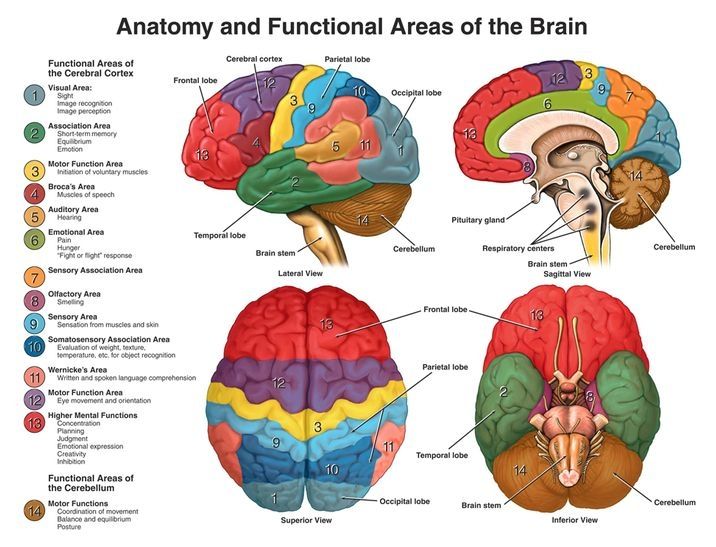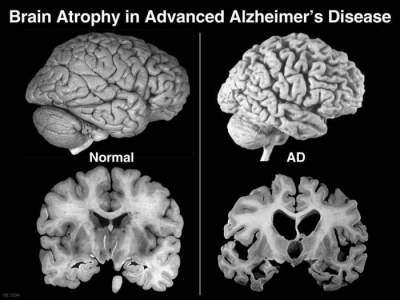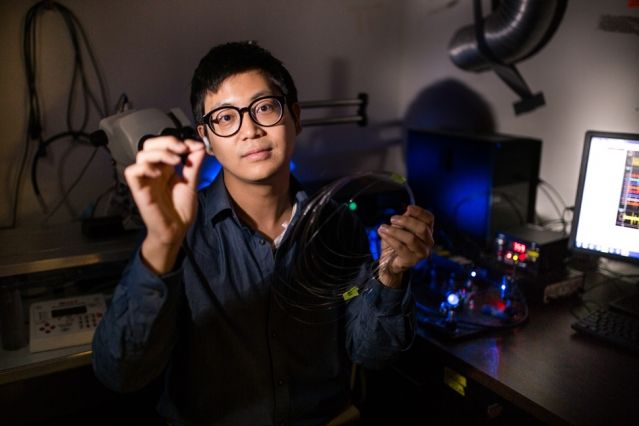Apr 11, 2017
Reprogramming brain cells offers hope for Parkinson’s
Posted by Steve Hill in categories: biotech/medical, neuroscience
This week saw researchers announce a promising new approach to Parkinson’s by the use of cellular reprogramming. The team lead by Ernest Arenas used a cocktail of four transcription factors to reprogram support cells inside the brain.
The research team placed the reprogramming factors into a harmless type of lentivirus and injected them en masse into a Parkinson’s disease model mice. The viruses infected support cells in the brain known as astrocytes (a support cell that regulates the transmission of electrical impulses within the brain) which are present in large numbers. The lentiviruses delivered their four factor payload to the target cells changing them from astrocytes into dopamine producing neurons.
Within three weeks the first cells had been reprogrammed and could be detected, and after fifteen weeks there were abundant numbers of dopamine producing neurons present. This is good news indeed as it also confirms that once reprogrammed the cells remain changed and stable and do not revert back into astrocytes.
Continue reading “Reprogramming brain cells offers hope for Parkinson’s” »


















